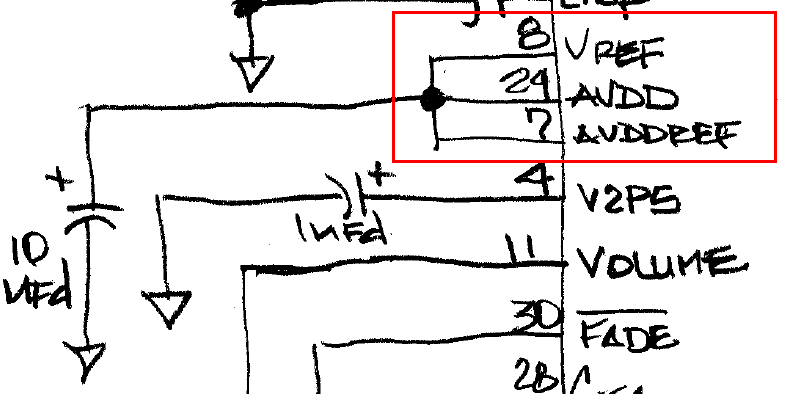HELLO I WILL BE USING THIS DEVICE AS A FRONT END DEVICE FOR A HIGH VOLTAGE FULL BRIDGE LAYOUT I NEED TO SEE IF I CAN GET SOMEONE EMAIL ADDRESS SO I CAN SEND THEM A DRAWING OF HOW I HAVE THE PART LAID OUT TO SEE IF ITS OKAY ARE DO I NEED TO MAKE CHANGES TO THE LAYOUT
LET ME NO ASAP
IAM DESIGNING NOE AND I NEED TO GET THIS DONE
THANKS,
WILLIE L. MCCAIN
DRIECT EMAIL ADDRESS
wlmccain@mccainlaboratories.com





